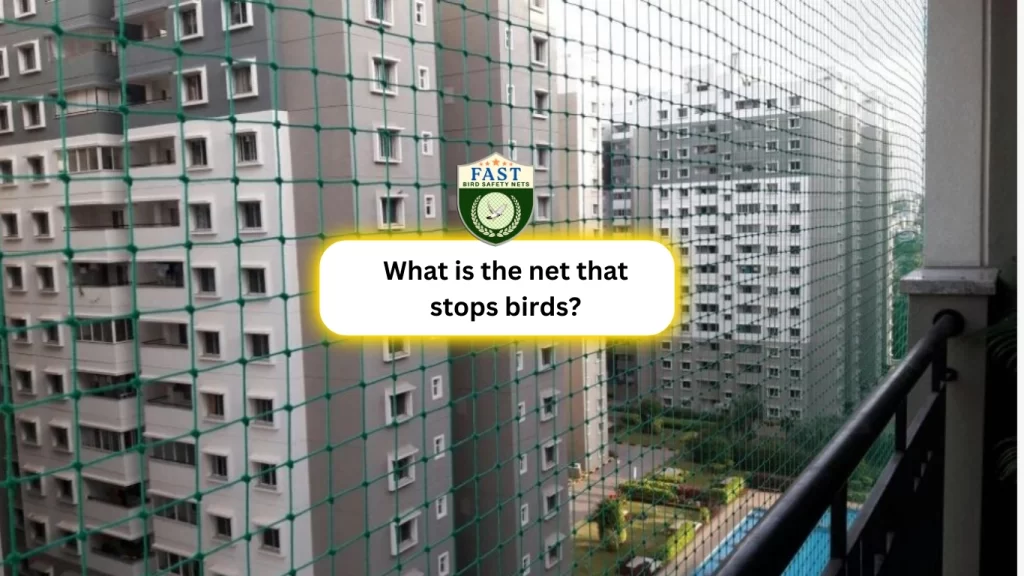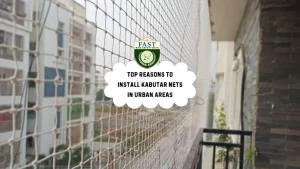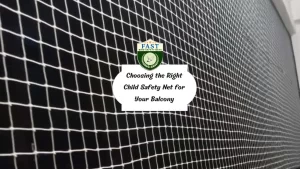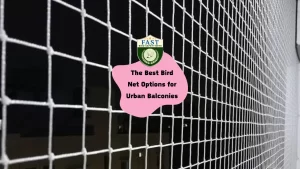Birds, while often admired for their beauty and grace, can pose significant challenges when they invade urban areas, industrial sites, and residential spaces. From creating messes to causing damage and health hazards, bird infestations necessitate effective control measures. Bird nets have emerged as a highly efficient solution for deterring avian pests, providing a humane and environmentally friendly approach to bird control. This article explores the benefits, applications, and considerations associated with anti bird nets, highlighting their effectiveness in safeguarding various environments from bird intrusion.
Understanding Anti Bird Nets:
Anti Bird nets, also known as bird exclusion nets or bird barrier nets, are specialized netting systems designed to prevent birds from accessing specific areas. These nets create physical barriers that block birds from roosting, nesting, or perching on structures, thereby minimizing the associated problems such as droppings, damage, and health risks. Bird nets come in various sizes, materials, and configurations to suit different applications and environments.
Benefits of Anti Bird Nets:
Effective Bird Deterrence: Anti Bird nets provide reliable protection against avian pests by denying them access to targeted areas. The physical barrier created by the netting prevents birds from landing or entering spaces where they are not wanted, effectively deterring them from roosting or nesting.
Humane Solution: Unlike traditional bird control methods such as trapping or poisoning, bird nets offer a humane approach to bird management. By simply creating a barrier without causing harm to the birds, these nets encourage ethical and environmentally responsible bird control practices.
Versatility: Bird nets are highly versatile and can be used in a wide range of environments and applications. Whether it’s protecting buildings, structures, equipment, or outdoor seating areas, bird nets can be customized to fit various shapes and sizes, making them suitable for diverse settings.
Long-lasting Protection: High-quality bird nets are durable and resistant to environmental factors such as UV radiation, moisture, and temperature fluctuations. When properly installed and maintained, bird nets provide long-lasting protection, offering peace of mind to property owners and managers.
Maintenance of Aesthetic Appeal: Bird nets are designed to be discreet and blend seamlessly with the surrounding architecture or landscape. Unlike unsightly bird deterrents such as spikes or wires, bird nets maintain the aesthetic appeal of buildings and structures while effectively keeping birds at bay.
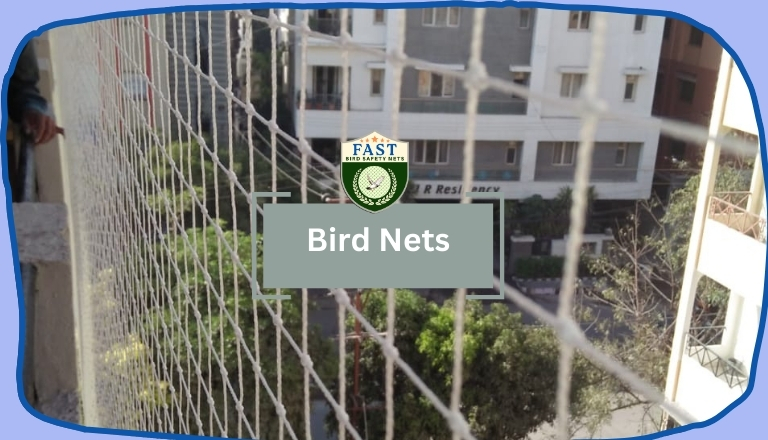
Applications of Bird Nets:
Commercial Buildings: Bird nets are commonly used to protect commercial buildings, including offices, warehouses, and shopping centers, from bird infestations. By covering openings such as roof eaves, HVAC systems, and loading docks, bird nets prevent birds from entering and causing damage or creating unsanitary conditions.
Industrial Facilities: Industrial sites such as factories, manufacturing plants, and refineries often face challenges posed by birds, which can interfere with operations and pose safety risks. Bird nets offer an effective solution for keeping birds away from machinery, equipment, and storage areas, reducing the risk of damage and contamination.
Transportation Infrastructure: Bird nets are utilized to safeguard transportation infrastructure such as bridges, tunnels, and railways from bird-related hazards. By preventing birds from roosting or nesting in critical infrastructure components, bird nets help maintain safety and functionality while minimizing maintenance costs.
Recreational Areas: Parks, sports stadiums, and outdoor recreational facilities often attract birds, which can pose nuisance and health risks to visitors. Bird nets installed over seating areas, playgrounds, and sports fields protect patrons from bird droppings and reduce the likelihood of bird-related incidents.
Considerations for Bird Net Installation:
Site Assessment: Conduct a thorough assessment of the site to identify bird activity, potential entry points, and specific areas requiring protection. This information will guide the selection and placement of bird nets for maximum effectiveness.
Netting Material: Choose bird nets made from durable, UV-resistant materials such as high-density polyethylene (HDPE) or nylon. Ensure that the netting has small enough mesh openings to prevent birds from squeezing through or getting entangled.
Installation Method: Proper installation is crucial for the effectiveness of bird nets. Follow manufacturer guidelines and consider hiring experienced professionals to ensure the nets are securely installed and properly tensioned.
Regular Maintenance: Maintain bird nets regularly by inspecting for damage, debris accumulation, or signs of bird activity. Clean nets as needed to prevent debris buildup and ensure optimal performance over time.
Case Studies:
Shopping Mall Protection: A large shopping mall installed bird nets over its outdoor dining areas and rooftop HVAC systems to prevent bird roosting and nesting. The bird nets effectively deterred birds, enhancing the dining experience for patrons and reducing maintenance costs associated with bird droppings.
Industrial Plant Safety: A chemical manufacturing plant implemented bird nets to protect its outdoor storage tanks and equipment from bird-related damage and contamination. The bird nets minimized the risk of bird strikes and reduced the need for costly cleanup efforts, ensuring uninterrupted operations.
Conclusion:
Bird nets offer a practical and humane solution for controlling avian pests and minimizing the associated risks in various environments. With their effectiveness, versatility, and long-lasting protection, bird nets provide property owners and managers with an environmentally friendly alternative to traditional bird control methods. By understanding the benefits, applications, and considerations associated with bird nets, individuals and organizations can effectively safeguard their properties from bird intrusion while promoting safety, cleanliness, and aesthetics.

